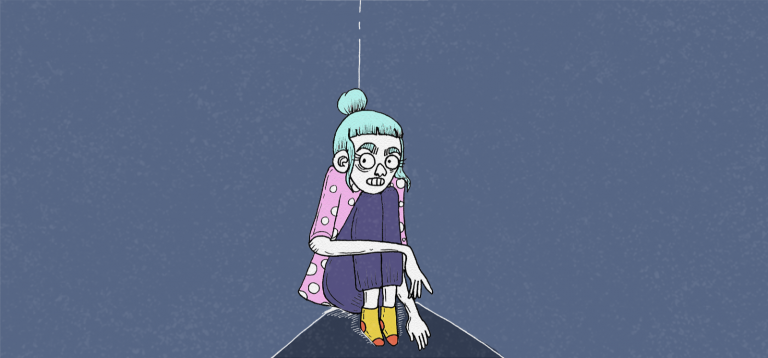

ICD-10-CM F60.0 is grouped within Diagnostic Related Group(s) (MS-DRG v39. Paranoid Ideation Episodes of paranoid thinking, or ideation, can range from mild and short-lived to very severe and chronic.

symptoms, signs and abnormal clinical laboratory findings, not elsewhere classified ( R00-R99).THE FINDINGS INDICATE THAT PSYCHOMOTOR EPILEPSY IS PROBABLY MORE COMMON AMONG DELINQUENTS THAN HAS BEEN RECOGNIZED AND SHOULD BE PART OF DIFFERENTIAL DIAGNOSIS FOR COURT-REFERRED CHILDREN. Often described as cold, jealous, secretive, and serious. Outbursts of anger in response to perceived deception. May believe that friends, family, and romantic partners are untrustworthy and unfaithful. ALTHOUGH OCCASIONALLY THE AGGRESSIVE BEHAVIOR OF THESE CHILDREN REPORTEDLY OCCURRED DURING ALTERED STATES OF CONSCIOUSNESS, USUALLY AGGRESSION OCCURRED BETWEEN SEIZURES AND MOST OFTEN IN RESPONSE TO THE CHILD'S PERCIEVED (ACTUALLY MISPERCEIVED) SENSE OF BEING THREATENED. Other symptoms of paranoid personality disorder include: Feelings that they are being lied to, deceived, or exploited by other people. 14 Thus, it is necessary to collect information from collateral. 12,13 It has been suggested that this prevalence is underrated because the elderly persons may be reluctant to report psychotic symptoms. THE INCIDENCE OF OFFENSES AGAINST PERSONS WAS 50 PERCENT IN THE SAMPLE, COMPARED TO 2 TO 3 PERCENT IN THE TOTAL POPULATION REFERRED TO THE JUVENILE COURT. A first depressive episode, duration at least15 days depressive episode (F32) A first depressive episode, severe and rapid onset, duration less than 15 days still depressive episode (F32) A depressive episode can be mild (2 core symptoms, 2 other symptoms from the list) (32.0) moderate (2 core symptoms, 3 or preferably 4 other symptoms) (32. POPULATION studies reporting psychotic symptoms and paranoid ideation in elderly persons indicate a low prevalence of these symptoms, 1-11 although frequencies may be higher in the very old. The PIP group showed more than fivefold higher lifetime suicide attempt (LSA) rates and ninefold multiple attempt rates than the non-PIP group. People suffering from Aspergers Disorder lack empathy, are sensitive to the point of paranoid ideation, and are rigid with some obsessive-compulsive. The PIP group was younger with more divorced/widowed/separated and lower income than the non-PIP group. SIXTEEN OF THE CHILDREN HAD EXPERIENCED PARANOID SYMPTOMS THAT LED TO AGGRESSIVE BEHAVIOR. Among 12,532 subjects, 471 (3.76) met criteria for the PIP group. Reference and Persecutory Ideation by condition in. A STRIKING FINDING WAS A HISTORY OF SERIOUS CENTRAL NERVOUS SYSTEM TRAUMA (AUTOMOBILE ACCIDENTS, FALLS, ETC.) IN 15 OF THE CHILDREN. One-way ANOVA Results for Green Paranoid Thoughts Scale Subscales- Ideas of.
PARANOID IDEATION MANUAL
Statistical Manual of Mental Disorders, Third Revision (DSM-III).

THE MOST COMMON EEG REPORT WAS OF GENERALIZED SLOWING, NONSPECIFIC, OR DIFFUSE ABNORMALITIES. phrenia, psychotic symptoms, paranoid ideation and dementia according to Diagnostic and. Valmaggia LR, Day FL, Kroll J, Laing J, Byrne M, Fusar-Poli P, McGuire P Schizophr Res 2015 Oct 168(1-2):68-73. ELECTROENCEPHALOGRAM (EEG) ABNORMALITIES WERE FOUND IN 11 OF THE 14 YOUTHS FOR WHOM EEG REPORTS WERE AVAILABLE. Background: Psychotic symptoms and paranoid ideation are not commonly reported in non-demented elderly, and may be underrated in traditional epidemiological. Bullying victimisation and paranoid ideation in people at ultra high risk for psychosis. OF 285 CHILDREN REFERRED TO THE CLINIC DURING THE STUDY PERIOD, 18 (6 PERCENT) EITHER DESCRIBED OR DEMONSTRATED SYMPTOMS OF PSYCHOMOTOR EPILEPSY-A FORM OF EPILEPSY LESS COMMON THAN GRAND MAL (CONVULSIVE) EPILEPSY AND CHARACTERIZED BY ATTACKS IN WHICH THERE IS AN AURA OF ANXIETY OR FEAR, A VARIETY OF VISCERAL SYMPTOMS, ALTERATIONS IN CONSCIOUSNESS, COMPLEX THOUGHT PROCESSES AND FEELING STATES, AUTOMATIC BEHAVIOR, HALLUCINATIONS, AND PARTIAL AMNESIA. Paranoid ideation, shame, submission, early childhood memories and current depressive, anxious and stress symptomatology were assessed in a sample of 1516.


 0 kommentar(er)
0 kommentar(er)
